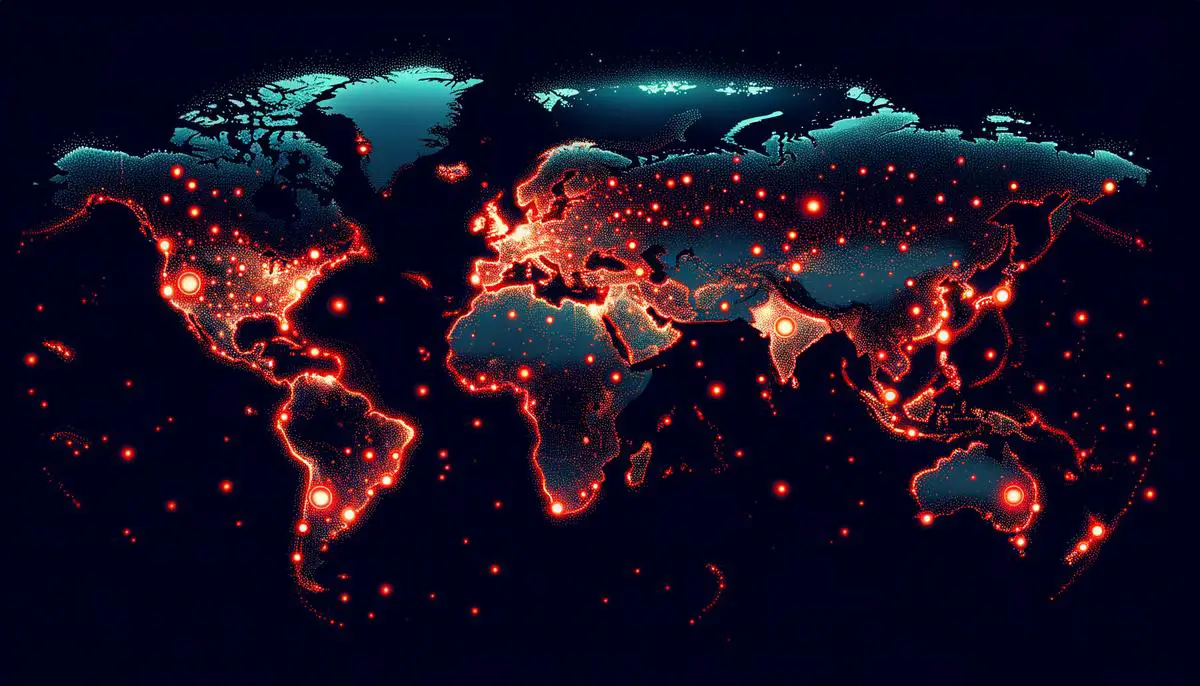10. Indian Ocean Quake, 2012
A massive 8.6 magnitude earthquake struck off the coast of Sumatra on April 11, 2012, followed by an 8.2 magnitude tremor. Despite their power, these events caused limited physical destruction. The region of Aceh in Indonesia bore the brunt, with people fleeing in terror, haunted by memories of the 2004 disaster. Swift evacuations followed amid fears of another deadly tsunami, yet only modest injuries from collapsing structures were reported.
This seismic activity marked one of the world's most powerful non-destructive earthquakes. Modern awareness and swift evacuation protocols played crucial roles in mitigating potential disaster, underscoring how preparation can often fend off tragedy. This day serves as a testament to the unpredictability of nature and the resilience of those who face it.
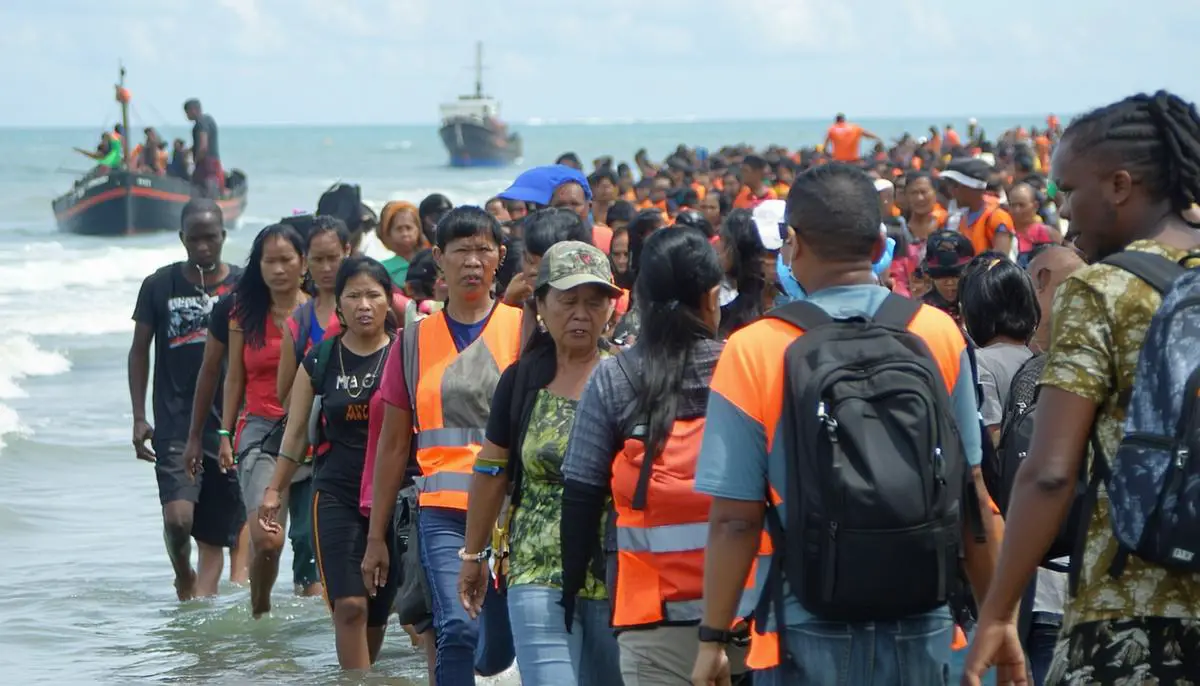
9. Assam-Tibet, 1950
On August 15, 1950, an 8.6 magnitude earthquake struck the Assam-Tibet region, its epicenter hidden in the remote Mishmi Hills of northeastern India. The quake triggered catastrophic landslides that engulfed entire villages and fractured natural barriers, leading to devastating floods. Over 1,500 lives were lost, some instantly, others in the days that followed as the land continued to shift.
Communication lines were severed, leaving remote villages isolated and cut off from aid. Despite the devastation, the people of Assam and Tibet demonstrated remarkable resilience, coming together to rebuild their communities from the rubble. This event underscores the fragility of human endeavors against nature's might, but also highlights the strength found in unity amid calamity.
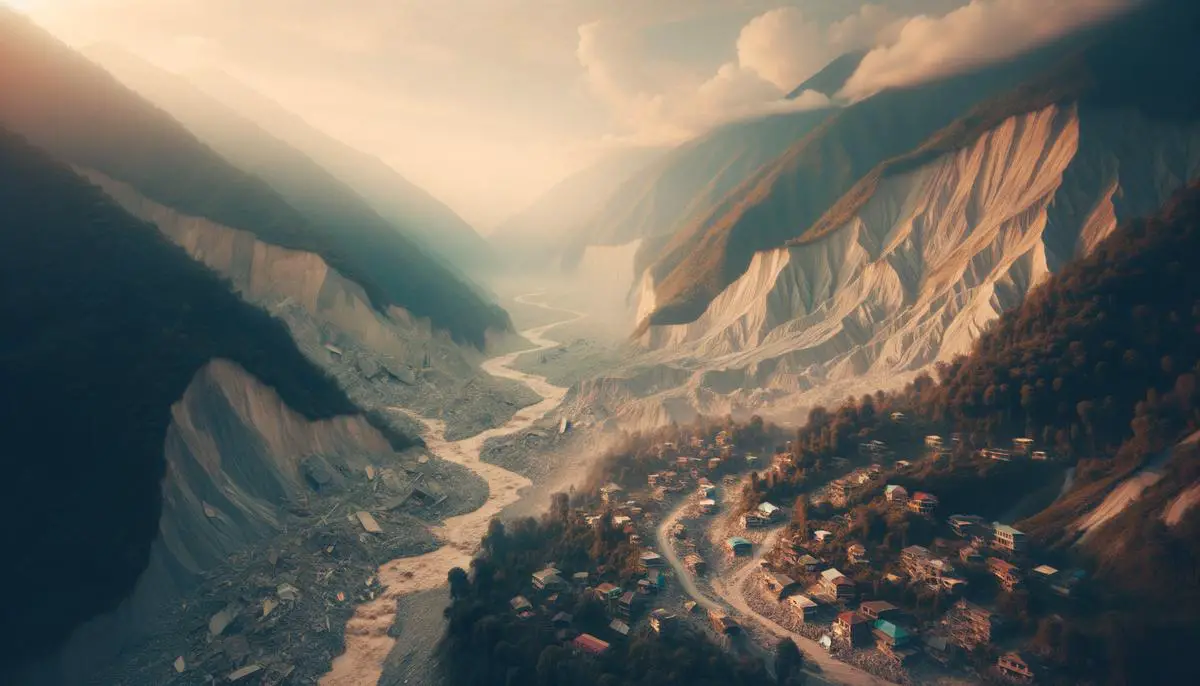
8. Rat Islands, 1965
On February 4, 1965, an 8.7 magnitude earthquake struck the remote Rat Islands in the Aleutian chain. Despite its power, the event resulted in minimal human impact due to the region's isolation. The quake generated a tsunami that reached heights over 10 meters on Shemya Island, nearly 190 miles away.
The wave collided with the island's shorelines and U.S. military structures, yet remarkably caused little damage and claimed no lives. This event highlights the paradox of isolation in natural disasters: while it increases vulnerability to seismic activity, it can also shield inhabitants by limiting human settlements. The Rat Islands earthquake serves as a reminder of nature's unpredictability and the constant vigilance required in seismically active regions.
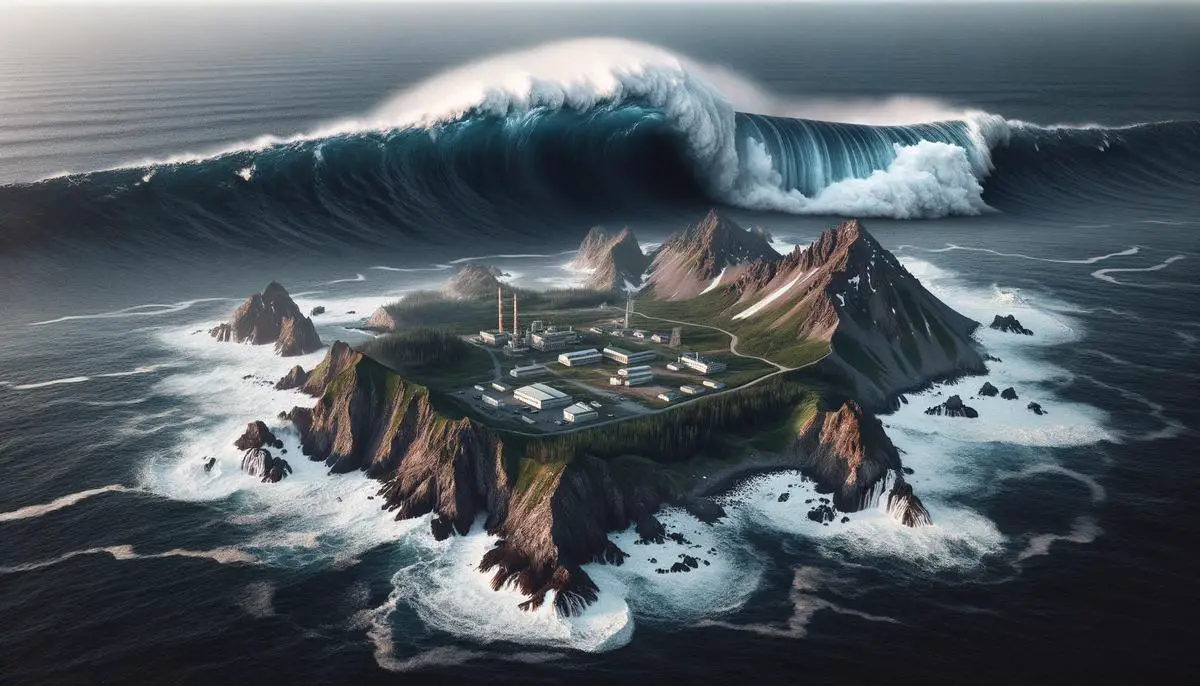
7. Sumatra, Indonesia, 2004
On December 26, 2004, a 9.1 magnitude earthquake off the coast of Sumatra, Indonesia, triggered one of the deadliest natural disasters in recorded history. The quake spanned a 1,300-kilometer stretch of the Sumatran megathrust plate boundary, generating a catastrophic tsunami that affected 14 countries across the Indian Ocean.
Waves reaching over 30 meters high devastated coastal communities, resulting in over 227,900 deaths. The disaster exposed vulnerabilities in early warning systems and highlighted the need for improved preparedness. In its aftermath, the world witnessed an unprecedented outpouring of humanitarian aid and global solidarity.
This event serves as a somber reminder of our planet's power and the importance of vigilance and unity in the face of natural disasters. It underscores the ongoing need for robust warning systems and disaster preparedness measures to protect vulnerable communities.
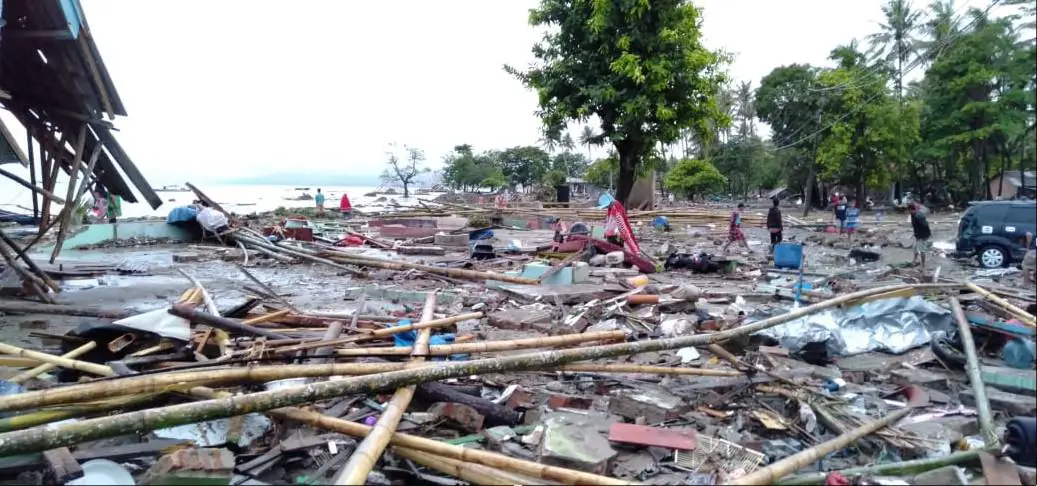
6. Tohoku, Japan, 2011
On March 11, 2011, a 9.1 magnitude earthquake struck off the coast of Tohoku, Japan, triggering a devastating tsunami and nuclear crisis. The disaster claimed over 18,000 lives and obliterated coastal towns and villages. The tsunami's impact on the Fukushima Daiichi Nuclear Power Plant led to one of the worst nuclear crises since Chernobyl, prompting global debates about nuclear energy safety.
The Tohoku disaster exposed vulnerabilities in disaster preparedness and nuclear safety protocols worldwide. It catalyzed a reevaluation of nuclear policies and advancements in emergency response strategies. Japan's ongoing recovery efforts demonstrate resilience and serve as a lesson in the importance of innovative approaches to safeguarding communities against natural calamities.
This event remains a poignant reminder of nature's power and the necessity of continual improvement in disaster preparedness and response.
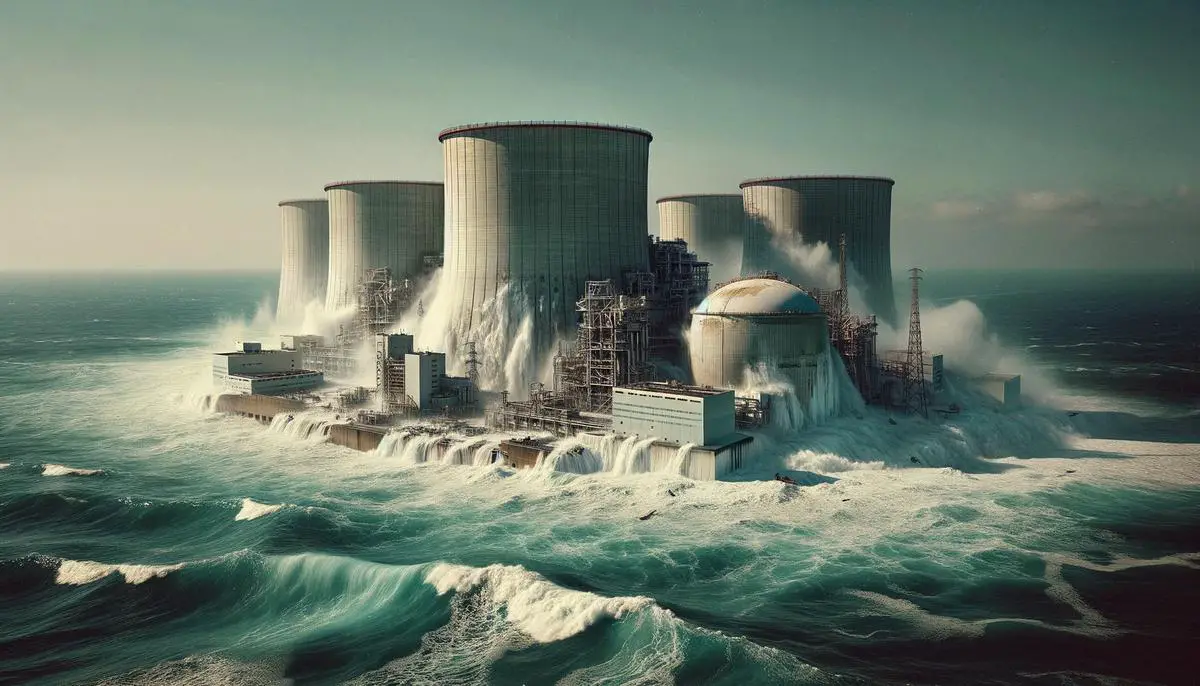
5. Kamchatka, 1952
On November 4, 1952, a magnitude 9.0 earthquake struck off the coast of Russia's Kamchatka Peninsula, generating a powerful tsunami that traversed the Pacific Ocean. The waves caused significant damage in Hawaii, where boats were wrenched from moorings and homes were destroyed.
This cataclysmic event underscored the far-reaching impacts of Pacific Rim seismic activity and the need for improved tsunami warning systems. It catalyzed global dialogue on tsunami management and spurred the scientific community to action. The aftermath led to the establishment of a network of warning systems and advances in seismology aimed at safeguarding lives.
The Kamchatka earthquake of 1952 left a legacy of increased preparedness, marking a pivotal moment in the intersection of science and community cooperation. It serves as a reminder of our responsibility to continually learn, adapt, and anticipate nature's forces.
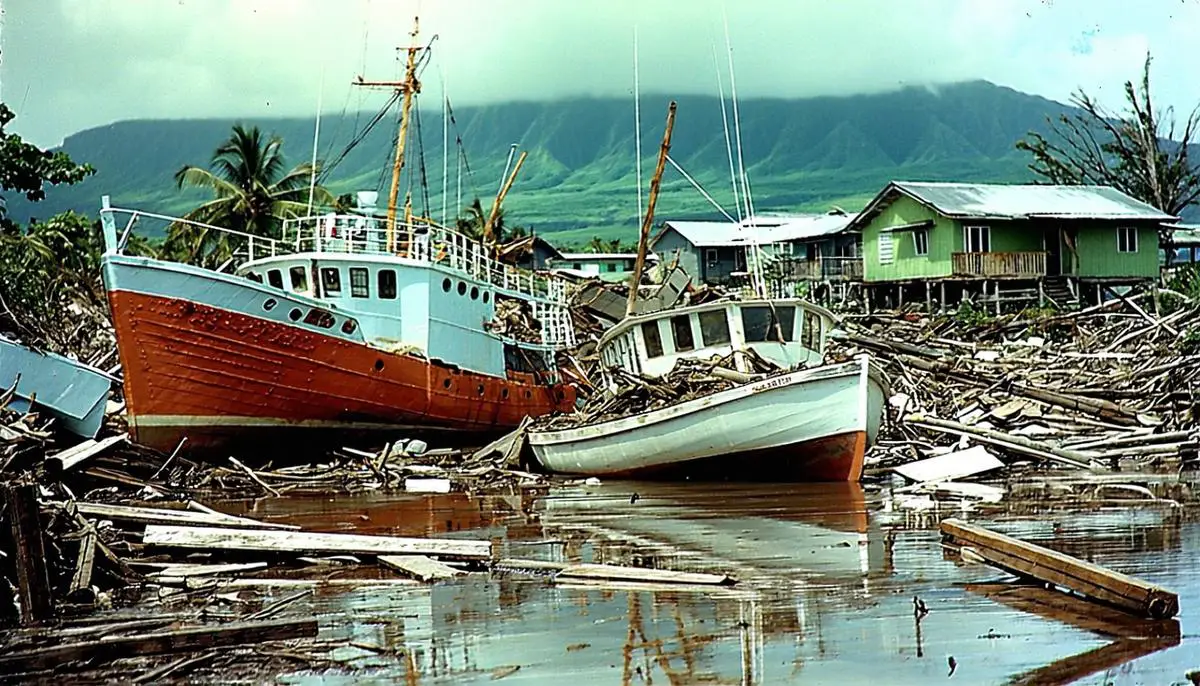
4. Chilean Quake, 2010
On February 27, 2010, an 8.8 magnitude earthquake struck Chile, unleashing a devastating tsunami across the Pacific. The coastal city of Concepción bore the brunt of the destruction, with widespread damage to infrastructure and homes.
The quake claimed over 500 lives, displaced millions, and caused an estimated $30 billion in damages. However, it also highlighted the importance of resilient infrastructure and strict building codes, which had already saved countless lives.
In the aftermath, Chile embraced both reflection and innovation, transforming lessons learned into a global conversation on preparedness. The nation's recovery efforts offered hope to others facing seismic threats, illustrating the power of proactive resilience through unity, diligence, and empathy.
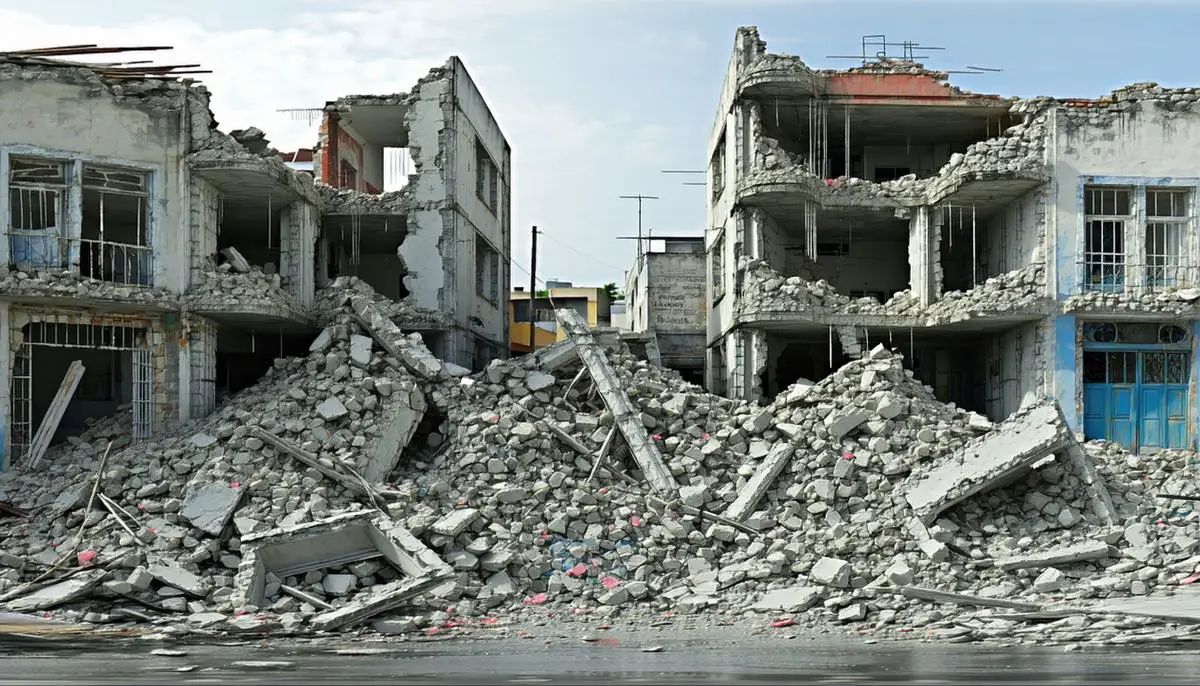
3. Great Alaska Earthquake, 1964
The Great Alaska Earthquake of 1964, with its magnitude of 9.2, reshaped emergency response across the Pacific coast. Anchorage witnessed streets cracking open and buildings crumbling, while a massive tsunami claimed 131 lives and reshaped coastlines.
This catastrophe became an inflection point, spurring reforms in emergency management policies across North America. It underscored the need for improved structural integrity and community preparedness, leading to advancements in seismology and early warning systems.
The disaster molded the framework of modern emergency protocols globally, intertwining seemingly disparate locales under a singular chapter of renewed vigilance. Through the cracks left behind in earth and heart, a vision for a more prepared future emerged—a testament to the extraordinary resilience of communities standing firm amid nature's unpredictable forces.
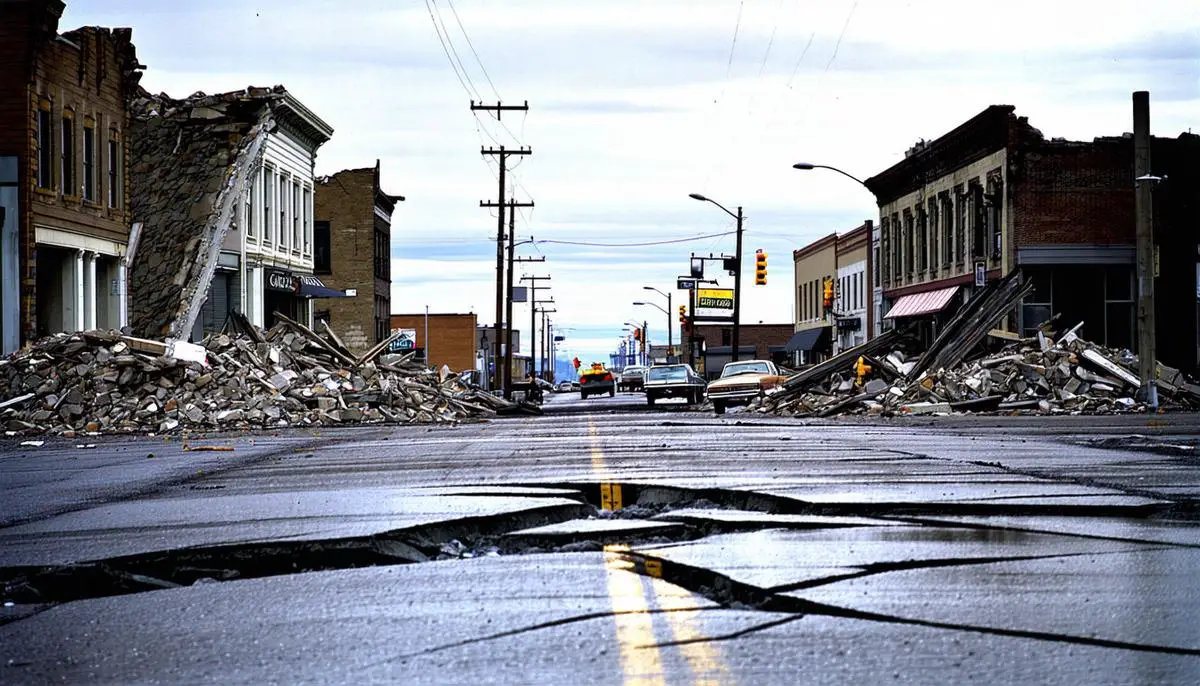
2. Myanmar Earthquake, 2025
The Myanmar Earthquake of 2025, measuring 7.7 in magnitude, exposed the vulnerabilities of a nation grappling with infrastructural decay and political isolation. The quake toppled buildings and severed communication lines, leaving countless homeless amidst the rubble.
Despite the challenges, communities rallied with remarkable tenacity. Neighbors worked tirelessly to rescue those trapped, offering glimpses of hope amid despair. The disaster ignited global conversations about the importance of international cooperation and infrastructure resilience.
The earthquake served as a somber lesson in the difficulties faced by nations wrestling with internal fractures and external forces. It highlighted the need for renewal in preparedness strategies and the moral imperative of reaching across divides to assist those in need.
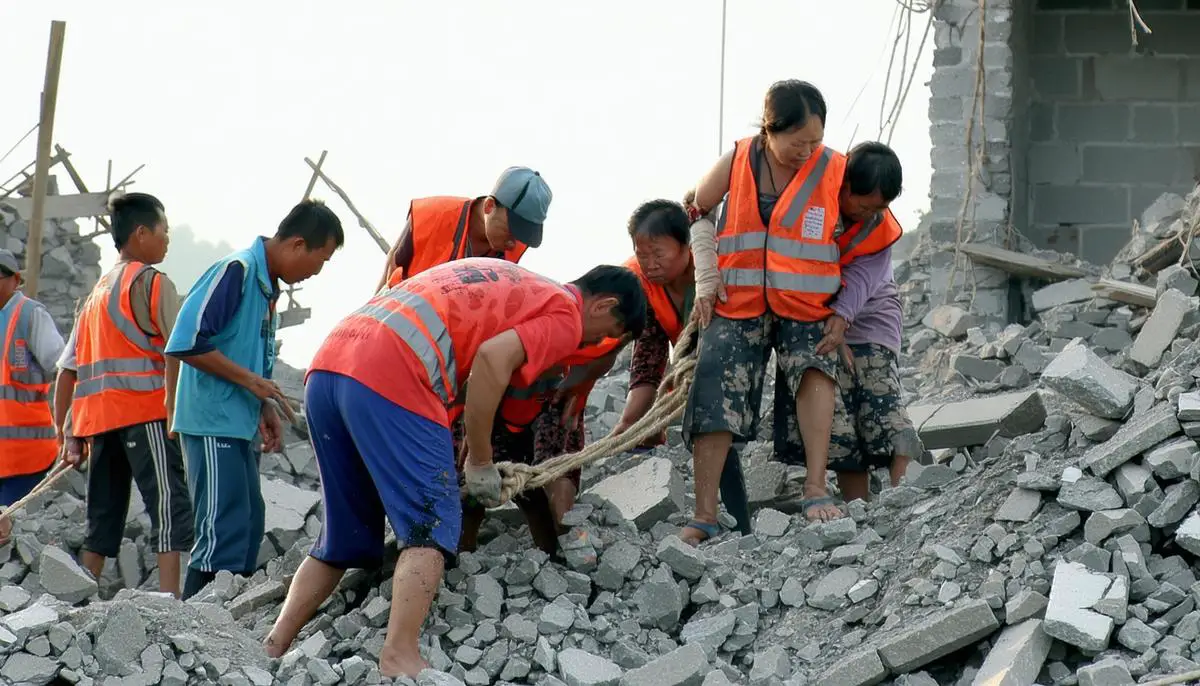
1. Valdivia, Chile, 1960
The Valdivia earthquake of 1960 remains the most powerful ever recorded, with a staggering magnitude of 9.5. On May 22, it unleashed waves of destruction across Chile, causing vast land subsidence and triggering landslides. The ensuing tsunami claimed lives and destroyed homes as far away as Hawaii and Japan.
Approximately 1,655 people lost their lives in Chile alone, with two million rendered homeless. However, from this devastation emerged seeds of resilience and innovation that extended far beyond Chile's borders.
The quake catalyzed an international effort to revolutionize earthquake monitoring and safety protocols. Chile became a living laboratory for innovative reconstruction strategies, with strengthened building codes and earthquake-resistant architecture emerging as central tenets of recovery.
The Valdivia quake's legacy lives on as a cautionary yet inspirational tale of renewal, illustrating humanity's capacity for adaptation and triumph in the face of extraordinary adversity.
As we reflect on these seismic events, we're reminded of humanity's shared vulnerability and strength. These stories of survival and recovery demonstrate our capacity to rebuild and adapt, even when faced with overwhelming adversity. They urge us to prepare for future challenges with empathy and determination, fostering a spirit of unity in the face of nature's formidable power.
![]()
